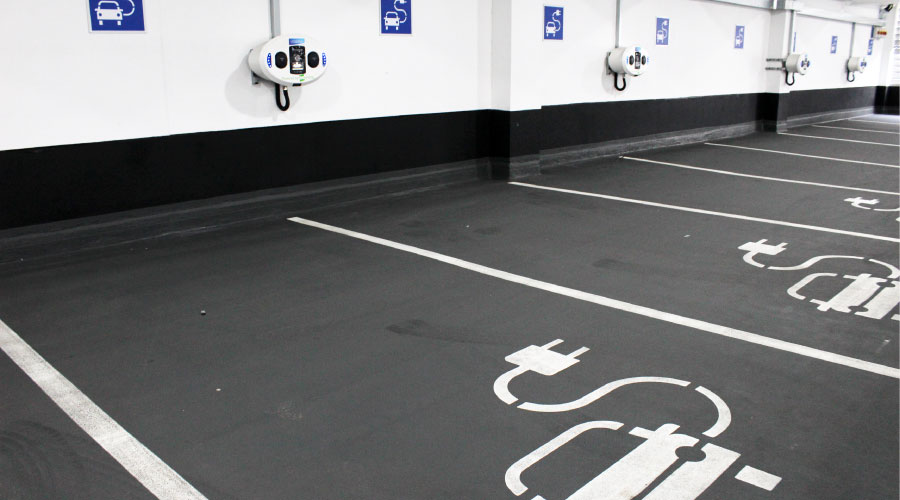Lean Management and the Role of Standardization
Implementing continuous improvement, standardization and people involvement to benefit maintenance and engineering
Standardization. How often do operators and technicians deviate from FM processes that result in more wasted time and money? Standardization seeks to simplify and optimize work tasks for operators so they can perform them the same way every time by using a set standard and clearly defined process. Whether it involves a custodian cleaning a restroom or a maintenance technician performing a motor replacement on an air compressor, well-prepared, standardized work instructions can save time and money. Standardized work routes can minimize the time it takes for technicians to complete preventive maintenance tasks, especially those that are routine.
Built-In Quality. Growing up, when my mom assigned chores, it came with the instructions, “Do it right, and do it right the first time.” This is the essence of built-in quality, where the standard of quality is baked into the entire process, so to speak. There are three primary rules with this: Don’t make a defect. Don’t accept a defect. Don’t pass a defect.
What does this look like in the facilities space? Technicians complete every work order thoroughly in order to avoid re-work. Housekeepers execute assignments properly so the next shift does not have to do the work again in addition to their assigned work. Technicians inspect materials for operations and maintenance materials for the highest quality before using them.
Short lead time. Lead time is the amount of time it takes to start and finish a process. The goal of short lead time is to make this duration as short as possible. Managers understand that time is money. One practice that can optimize lead time is the kitting of critical spare parts that require long lead times to procure if they are not in stock.
Another is the establishment of point-of-use areas for work performed in a large space. Examples of this include strategically placed and well-stocked housekeeping cribs and janitorial closets, as well as maintenance cribs at key locations that provide materials and tools so as to reduce travel time and reduce repair time.
I can cite countless examples of the benefits of lean management for maintenance and engineering in facilities, so I hope these insights and observations serve as a basis for managers, operators and technicians as they strive to get the most out of their FM processes.
Darrell Rounds
leads electrical and mechanical engineering for General Motors’ facilities organization, Sustainable Workplaces. Rounds has more than 21 years of facilities management and engineering experience, and he has led operations and maintenance activities for facilities with more than 53 million square feet and $7.2 billion in asset replacement costs. He earned a Facilities Management Administrator (FMA) designation from BOMI International and the Certified Energy Manager (CEM) from the Association of Energy Engineers, and he is a member of the commission that developed the ProFM facilities manager certification.
Related Topics:














